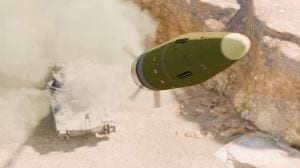Google joins search for the mythical Loch Ness monster ‘Nessie’
There is however, no evidence of its existence, and all accounts of ts presence are merely anecdotal.
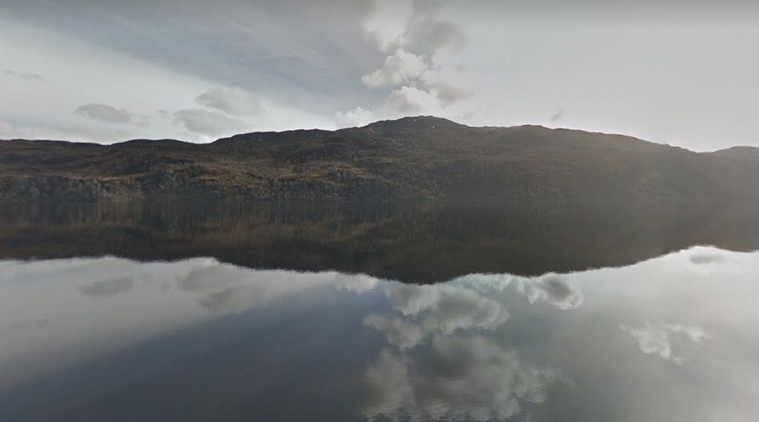 Loch Ness is located in the Scottish Highlands, an area known for its rain, winds and variable weather. (Source: Google)
Loch Ness is located in the Scottish Highlands, an area known for its rain, winds and variable weather. (Source: Google)
This is not the first time that someone has tried and failed to prove the existence of the mythical Loch Ness monster that supposedly inhabits the Scottish Highlands. Armed with its Street View cameras, and a clutch of divers and local experts, Google too has joined the search to capture parts of the Loch.
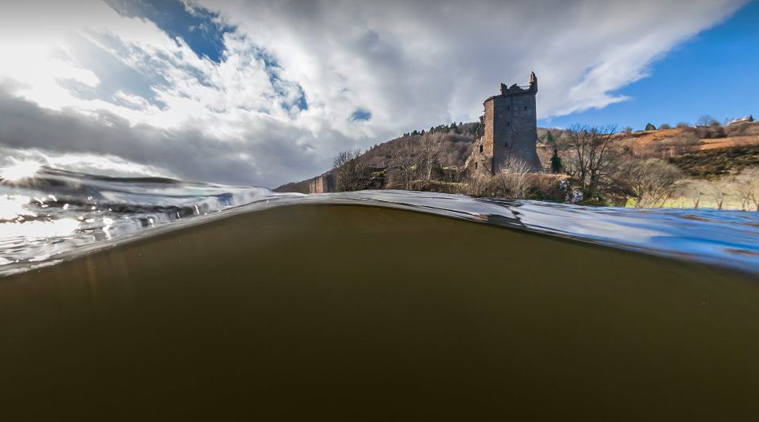 A view of Urquhart Castle from the water. (Source: Google)
A view of Urquhart Castle from the water. (Source: Google)
Google has published images and videos, taken from both above and below the water, for people to admire the Highlands landscape or plunge into the depths of water in search of the ‘Nessie’, also its nickname.
WATCH VIDEO
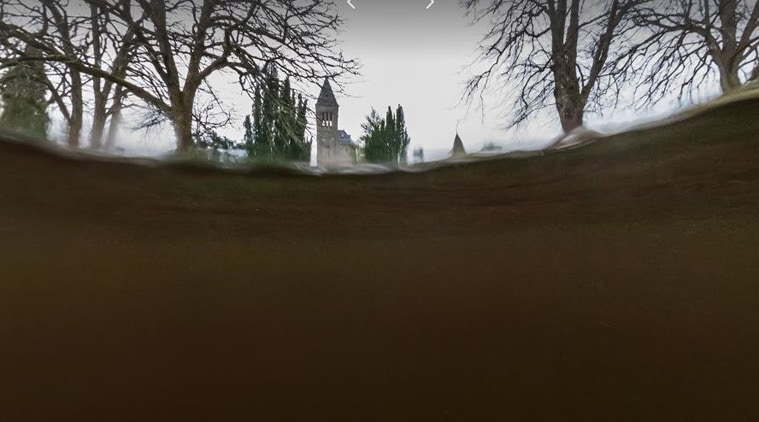 From Nessie’s perspective. (Source: Google)
From Nessie’s perspective. (Source: Google)
Nessie’s description varies from one account to the other, but it’s purportedly similar to others mythical lake monsters in Scotland. Most accounts describe it as big in size.
 Underwater in the Loch. (Source: Google)
Underwater in the Loch. (Source: Google)
Nessie’s existence was first brought to the world’s attention in 1933 by a part-time journalist and water bailiff for Loch Ness Alex Cambell.
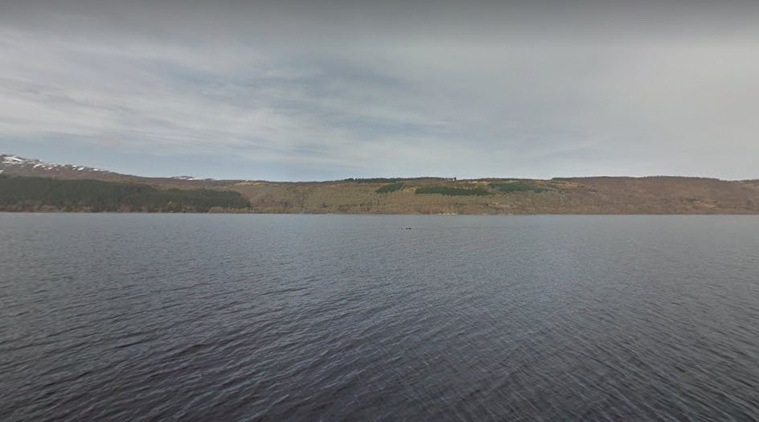 Bird, log or monster? (Source: Google)
Bird, log or monster? (Source: Google)
There is however, no evidence of its existence, and all accounts of its presence are merely anecdotal.
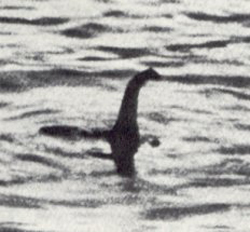 The “Surgeon’s Photograph” of 1934, now known to have been a hoax. (Source: Wikipedia)
The “Surgeon’s Photograph” of 1934, now known to have been a hoax. (Source: Wikipedia)
Interestingly, the Nessie Street View images released by Google was published on the same date when a famed “Surgeon’s Photograph” of the Loch Ness creature appeared in the Daily Mail on April 21, 1934. This photo later turned out to be fake by The Sunday Telegraph in 1975. The so called ‘Loch ness monster’ turned out to be a toy submarine fitted with a serpent head.
 Google Doodle.
Google Doodle.
Through these images and videos, Google today has sought to draw attention to its Loch Ness-themed Doodle on its search page. According to Google, there are about 200,000 searches each month for the Loch Ness monster, yet few people know what it looks like.





- 01
- 02
- 03
- 04
- 05









